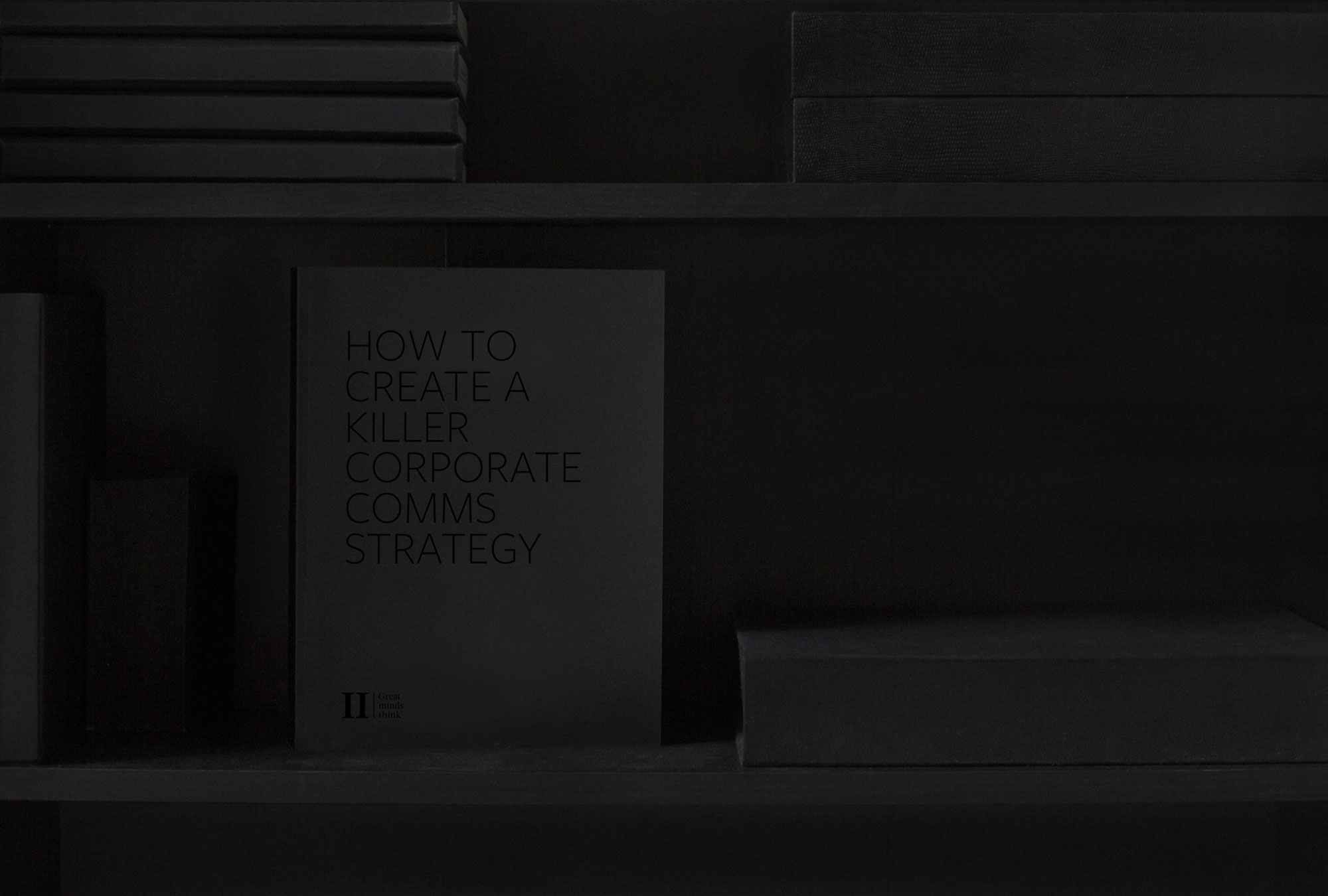Having worked with many different organisations over the years, we often see the same communication mistakes being made. Here’s our quick list of what mistakes to avoid, and suggestions for a killer Corporate Comms Strategy.
‘when’ and ‘how’ is as critical as the ‘what’
When it comes to communication, the ‘when’ and ‘how’ is as critical as the ‘what’. However this is often overlooked, with the focus of your Communication Strategy primarily being on the ‘what’. This is a huge mistake as the ‘what’ will never resonate, unless the ‘when’ and the ‘how’ are carefully considered and executed.
When should we speak?
Your Communication Strategy should always have your business speaking at the moments that matter. Timing is crucial. And people’s time is valuable. You should speak only when we have something important to say. At the right time. And speak in the setting that’s most effective for that particular message.
Everything you communicate should be considered and calculated. And not just because it ticks a box in your plan. Timing and channel selection are just as critical to successful communication. But these critical components are often overlooked and underutilised.
Ensure there’s consistency between messages
Another mistake companies often make is they try to deliver too many messages, across many different touchpoints. Research now shows that customers need to be exposed to a message at least 30 times before the message resonates. Therefore communicating one single message will have far greater impact than trying to communicate many different messages. This is why it’s important at the beginning of the Communication Strategy to reinforce what the brand stands for, in as few words as possible. Once this has been established, then you can develop ways to communicate this simple, powerful message, effectively and consistently, over, and over, and over again.
coordination across business groups
Any great Communication Strategy will always come undone if the business groups work in silos and messaging is ad-hoc. Messages need to be disseminated in a carefully coordinated way, across all business groups. When all groups are saying the same thing, at the same time, it has a far greater impact and increases the likelihood of your message being heard.
100% commitment
Like any business strategy, the Communication Strategy requires 100% commitment from the business. The messages need to be understood and agreed upon at every level of the organisation. This takes time to gain buy-in however the benefits are immense. Delivering the messages with one united voice will always be far more powerful and effective than thousands of single voices.
Our approach to creating a killer communication strategy
There is no ‘one size fits all’ approach to creating a killer Communication Strategy, however we’ve listed a broad overview of key elements that we include in ours.
- Revisit the business direction so that your Comms Strategy fulfils the overarching business goal
- Define the communication goal (what, who, how)
- Provide a brand overview and revisit key elements of the brand strategy (why we exist, who we are, how we speak)
- Provide an overview of the current environment and identify the communication opportunity
- Identify key audiences and their needs/expectations
- Develop messages that will help your business capitalise on these opportunities, balanced with the key audiences needs and expectations
- Develop a Comms Plan that places just as much emphasis and importance on each of the ‘what’, ‘who’, ‘how’ and ‘when’ elements.
If you don’t currently have a Corporate Comms Strategy that sits across all of your business groups, then it’s definitely worth thinking about.
Author: Angela Turner, Brand Strategist
20 years’ Brand, Marketing and Communication experience in-house and agency-side across many diverse portfolios, nationally and internationally including Government, FMCG, Finance, Technology, Health, Real Estate, Motor Sport, Travel, Professional Services, Fashion and Utilities.

